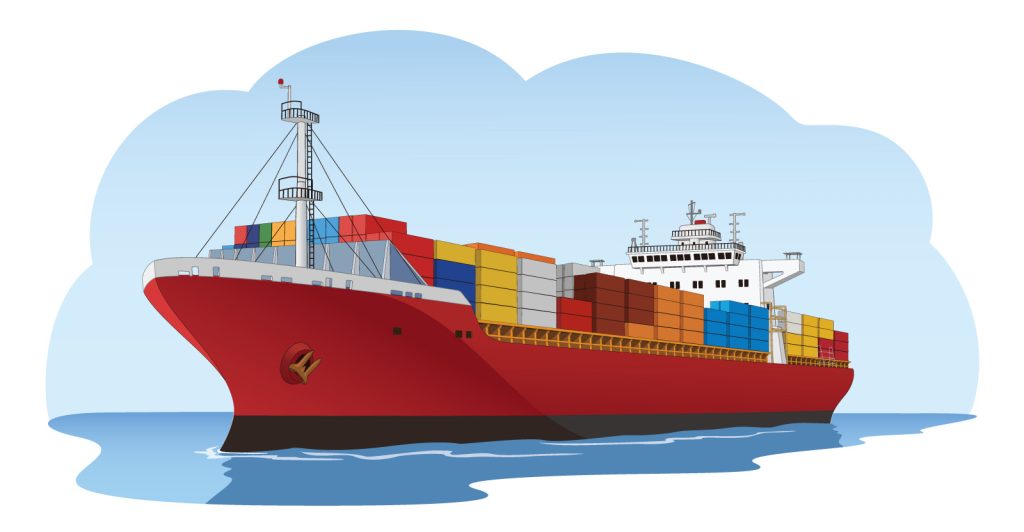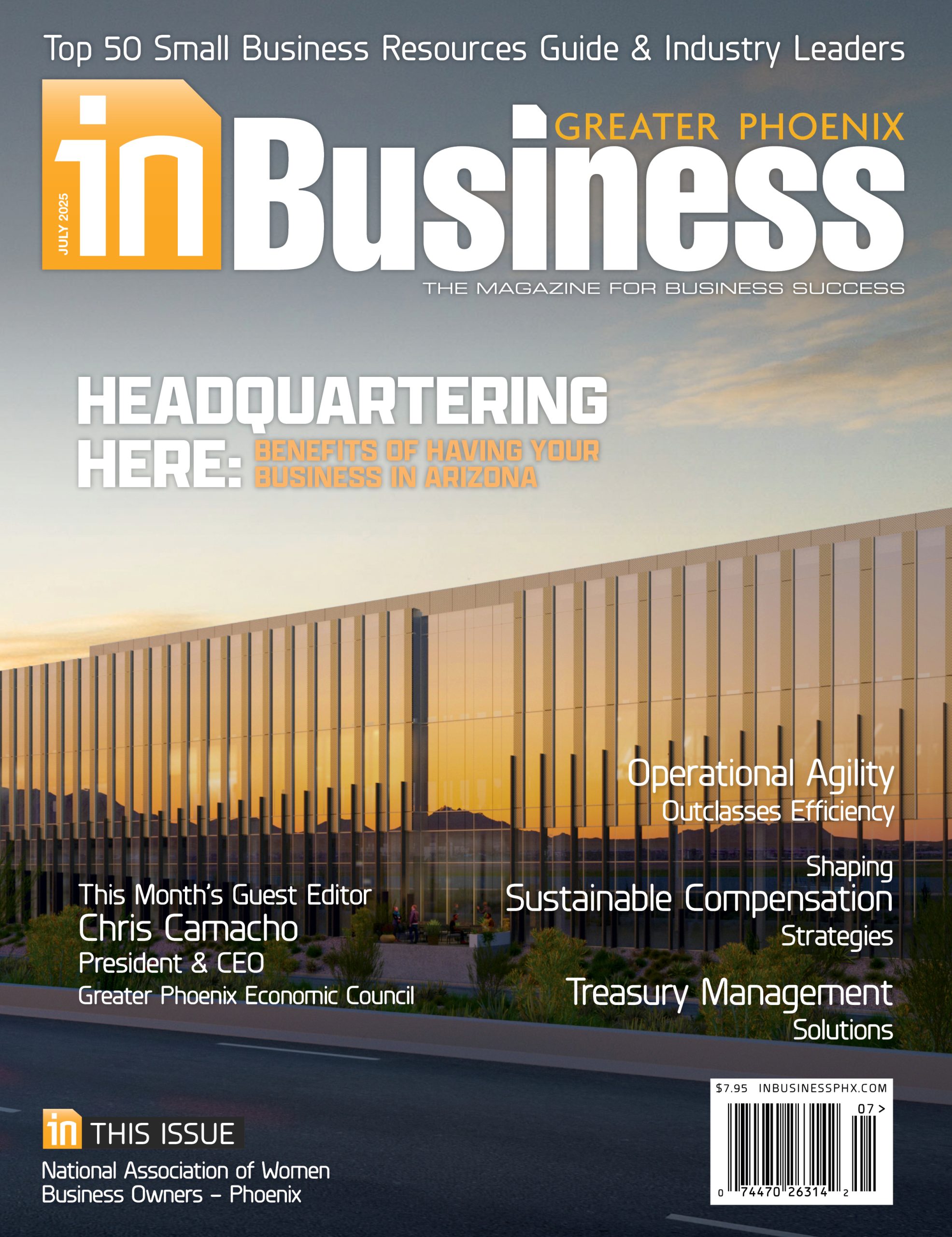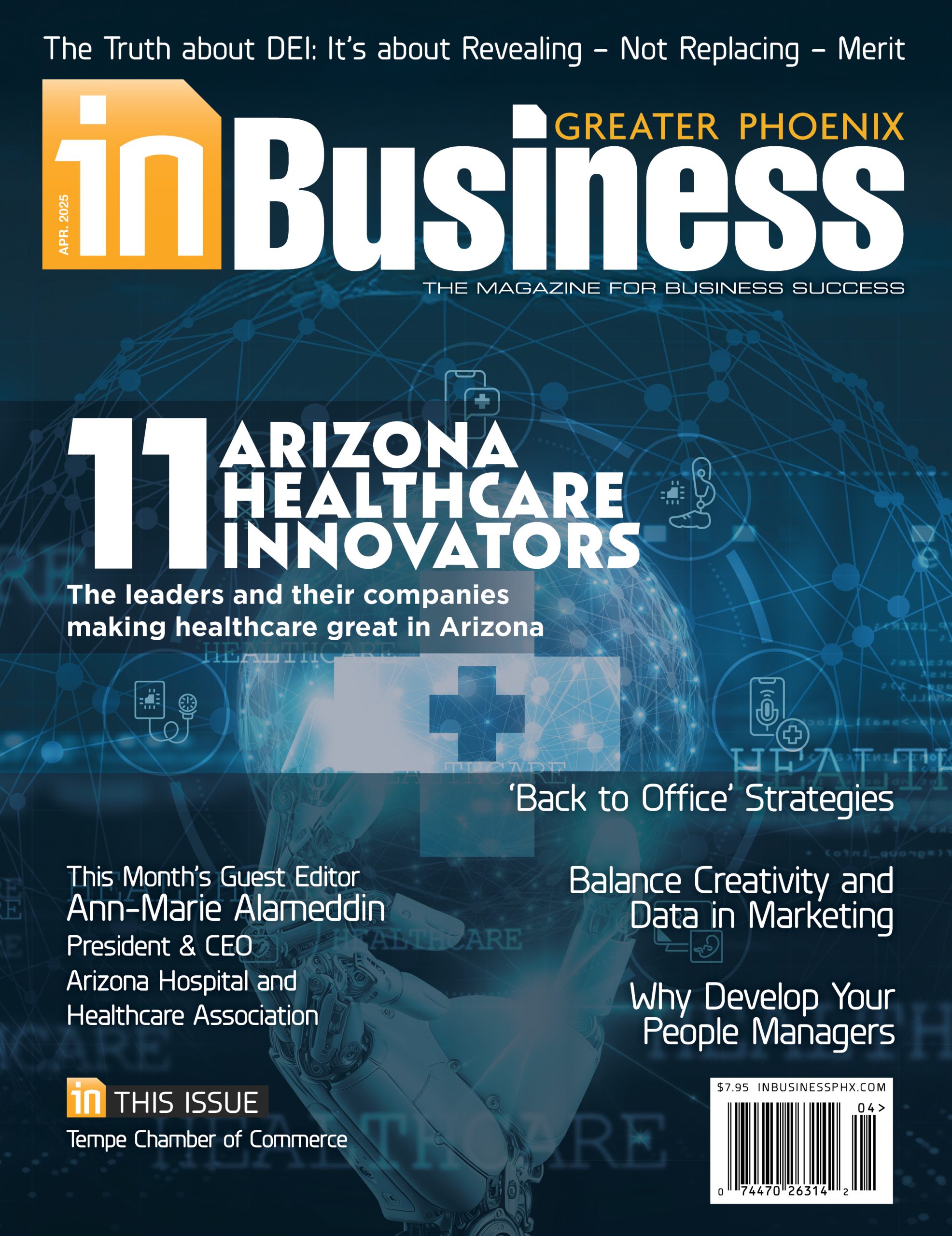 In Arizona, where population growth and record-breaking demand are stretching the power grid, the push for new solar and energy infrastructure is as strong as it has ever been. Every project we deliver connects to a system that needs more capacity and more resilience. Yet, the pace at which we can build is increasingly shaped by a factor that feels far removed from substations and rooftops: U.S. import tariffs.
In Arizona, where population growth and record-breaking demand are stretching the power grid, the push for new solar and energy infrastructure is as strong as it has ever been. Every project we deliver connects to a system that needs more capacity and more resilience. Yet, the pace at which we can build is increasingly shaped by a factor that feels far removed from substations and rooftops: U.S. import tariffs.
By definition, tariffs are straightforward. The International Trade Administration calls them “taxes imposed by the U.S. government on goods imported from abroad.” They’re paid to U.S. Customs and Border Protection at the time of entry into the U.S., with rates set by product type under the Harmonized Tariff Schedule and by the country of origin. The importer of record is legally responsible for paying, though contracts can reassign that responsibility between buyer and seller.
On paper, it sounds manageable. In practice, tariffs are unpredictable, costly, and — if not carefully managed — an existential risk for businesses of all sizes. Executive orders signed earlier this year expanded tariffs on a range of technology-related goods, including solar modules, inverters and upstream materials tied to semiconductor production. For Arizona, one of the fastest-growing states for power generation, these shifts collide directly with an urgent need: to bring affordable, reliable projects online as quickly as possible.
When Being Informed Hurts
The strangest part about working with tariffs is how being well-informed can backfire. In the race to keep up with Arizona’s grid growth and demand for lower cost energy, pricing efficiency is critical. A key equipment supplier of ours recently quoted two prices for a project we were bidding on — one with a 10% tariff and another with a 38% tariff, depending on the direction the policy winds blew for that country of origin. If we factored in the higher tariff, our bid might appear too conservative.
Competitors, either unaware of the risks or willing to gamble, may bid lower and win the job — only to face painful surprises when tariffs come due. By then, contracts are signed, customers expect fixed costs, and timeline commitments are made to ensure that the projects come online as soon as possible.
Absorbing Costs and Disregarding Progress
Then comes the bigger question: Who pays? In a state where utilities, municipalities and private businesses alike are laser-focused on cost efficiency, passing tariffs directly to customers is not always viable. Many companies quietly absorb them instead.
For us, a “no change order” commitment is part of how we build trust. But that means unforeseen tariff costs may divert funds out of budgets meant for growth and innovation. Dollars once earmarked for improving our impact in Arizona communities through access to our services or developing cutting-edge solution strategies are shifted to cover federal fees.
That trade-off has real implications for Arizona. This is a state with some of the most ambitious energy growth goals in the country, and every delay in innovation makes it harder to keep pace with demand. If tariffs continue to drain resources from the firms driving progress, we risk slowing not just company growth — but the transformation of the energy system itself.
Not Just a Line Item
It’s tempting to think of tariffs as another line on a balance sheet that can be planned and accounted for; however, in practice they can make or break a project and come “from left field.” I’ll never forget February 2018, when we anxiously watched two solar shipments arrive — one cleared port the day before Section 301 tariffs took effect, the other the day after. The difference? Mid-six figures added overnight to the cost of a single Arizona project, with those fees funneled to the federal government.
Larger entities may have balance sheets that can weather these shocks, but smaller firms — many of whom are building commercial-scale projects across our state — are far more vulnerable. For them, one sudden policy change can wipe out margins and derail projects that Arizona communities rely on.
A Way Forward
No one can fully solve the unpredictability of tariffs, but businesses can mitigate the damage. Five strategies we employ in our business stand out:
- Clear contracts. Always define who pays tariffs and whether cost increases trigger adjustments.
- Constant monitoring. Keep an eye on tariff schedules and executive orders, despite the tedium.
- Scenario planning. Build in contingencies and escalation clauses — even if they complicate the agreement.
- Collective advocacy. Industry coalitions have occasionally slowed or softened tariff rollouts. There’s strength in numbers.
- Stockpiling. Pre-purchasing can buy certainty, though it introduces storage costs and risks.
Looking Ahead
Tariffs remain a persistent challenge. For industries that provide solar and energy services — or any sector operating on thin margins and constant innovation — the stakes are high. Absorbing these costs may keep projects moving, but the hidden casualty is long-term progress and, in some cases, business solvency. As of today, tariffs show no signs of disappearing, which makes planning essential. Ultimately, the true cost is not what is paid at the port; it’s the lost opportunities for innovation and growth when businesses shoulder that burden unprepared.
 John Mitman is the founder and CEO of Obodo Energy Partners, a leading provider of large-scale solar and energy infrastructure solutions headquartered in Tempe, and board president of AriSEIA, a 501(c)(6) trade organization representing solar, storage and electrification interests in Arizona. After earning acclaim as part of a national energy services provider, Mitman is thrilled to refocus his attention on Arizona’s communities with Obodo’s suite of development-design-build-maintain services.
John Mitman is the founder and CEO of Obodo Energy Partners, a leading provider of large-scale solar and energy infrastructure solutions headquartered in Tempe, and board president of AriSEIA, a 501(c)(6) trade organization representing solar, storage and electrification interests in Arizona. After earning acclaim as part of a national energy services provider, Mitman is thrilled to refocus his attention on Arizona’s communities with Obodo’s suite of development-design-build-maintain services.
Did You Know: Import tariffs hit more than just tech or solar; any industry that brings in goods can face sudden cost spikes. The catch? Contracts often decide who pays. Without clear language, the importer is stuck footing the bill when U.S. Customs collects.












